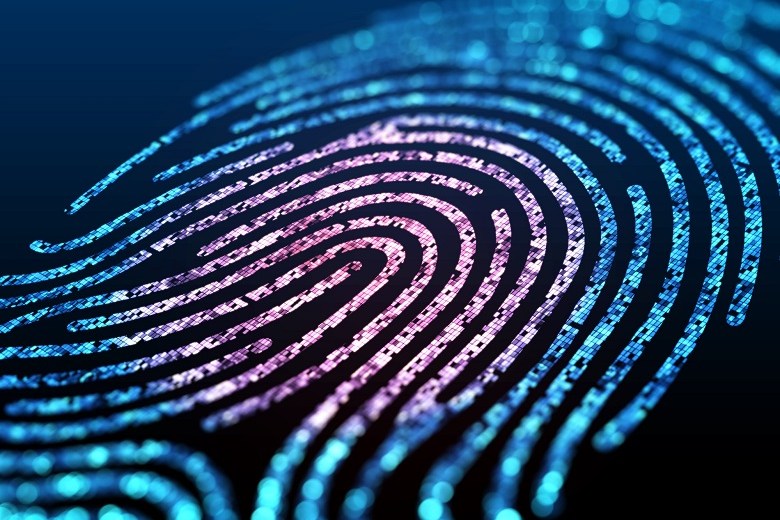
Government digital services are under the spotlight as the number of people seeking access to government services surges, writes Adam Butler.

Just as the Digital Transformation Agency announced its intention to revamp myGov with a “Facebook-esque” overhaul, the number of people seeking to access government services digitally has rocketed recently due to sad and unforeseen circumstances.
Organisations of all stripes are now rapidly having to migrate systems to the cloud (if they haven’t already) and find ways to scale their offerings to employees working remotely and to customers with no choice but to access accounts digitally. This will bring user experience to the fore.
Organisations previously focused on developing new products, innovating their analytics, or automating processes through AI are now going to be focused on collaborative working and remote access. Ensuring that systems can be accessed and scaled off-premises is the only way that organisations can keep services to customers going.
Biometrics hold great potential to power this shift however, the use of biometrics to secure digital identities, and therefore enable users to access apps and services efficiently, is polarising. Companies and governments alike have been wary about introducing the technology too quickly.
In February, NAB announced that it would stop work on facial recognition ATMs despite conducting trials since 2018 that indicated the technology’s success. Back in October the Joint Standing Committee on Intelligence and Security told the government it must rethink its plans for a national facial verification database built off people’s passport and driver’s licence photos.
Renewed interest
However, there is now renewed interest. At the beginning of March, Chief digital officer Peter Alexander revealed the DTA is hoping to begin publicly testing a facial recognition component for myGov by mid-2020. With the ‘Facebook-lite’ myGov prototype expected to arrive in May, facial recognition could well solve the issue of digitising services without enabling access by fake profiles.
Privacy issues are at the heart of the uncertainty about biometrics. Biometrics are capable of cutting down fraud by adding new layers of security and verification through behavioural analysis, helping to establish consistent security measures. But while the public is used to handing over data on location and shopping habits, fingerprints and facial passports are another deal.
In fact, biometrics hold the key to delivering efficient, identity-based services that can be scaled quickly and securely. Government and industry need to take the required steps to ensure this data is secure whilst educating the public on how this data is obtained and stored to demonstrate that this data is no more scary than any other.
So how will this happen? Demonstrating improved user experience will be key. Employees and members of the public are already logging onto dozens of protected services everyday from their devices: email, banking and financial accounts, social media, healthcare and government services. They have fallen into the dangerous habit of relying on the same username and password to access a myriad of services, while simultaneously experiencing frustration at lost logins and platforms that don’t speak to one another.
By using a unique biometric authentication feature like a fingerprint, PIN, or voice recognition, organisations can make logging in as quick and painless as accessing an iPhone. Furthermore, biometrics will unlock greater levels of personalisation through more secure data sharing between government departments.
Added security
Biometric access will also add a new layer of security that potential hackers can never replicate: the user themselves. This is especially crucial since security and privacy have become differentiating factors in consumer adoption. Concerns over privacy and interoperability (another problem that biometrics can solve) in IoT, for example, have restricted growth of technologies once heralded to change the way we live our lives.
While consumers are concerned about handing over biometric data about themselves, organisations need to communicate the fact that biometrics will serve as a second factor of authentication and will therefore keep data that is already highly sensitive more secure. Adding layers of behavioural analysis will only increase the security of these services and build consumer confidence.
The Digital Transformation Agency is right to be carefully testing facial recognition for myGov but winning over the public will come down to ensuring the user experience is seamless and the public feels comfortable about biometrics. With remote working and access to digital services becoming the new normal, expectations will quickly rise.
The government and industry need to work together by being transparent about how biometric information is stored and shared, and show people that this data is no more scary than any other.
*Adam Butler is the Public Sector Lead ANZ at ForgeRock
Comment below to have your say on this story.
If you have a news story or tip-off, get in touch at editorial@governmentnews.com.au.
Sign up to the Government News newsletter